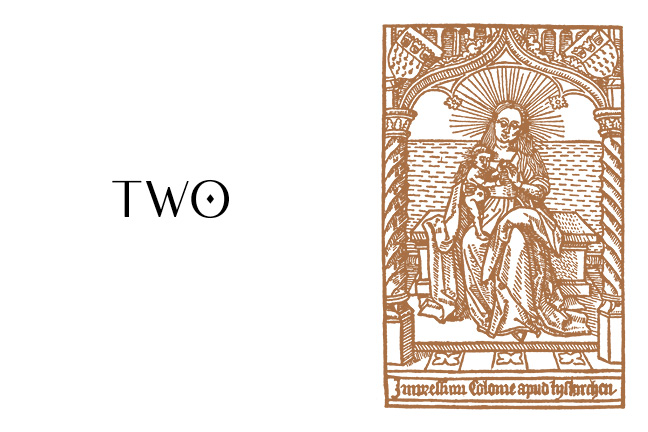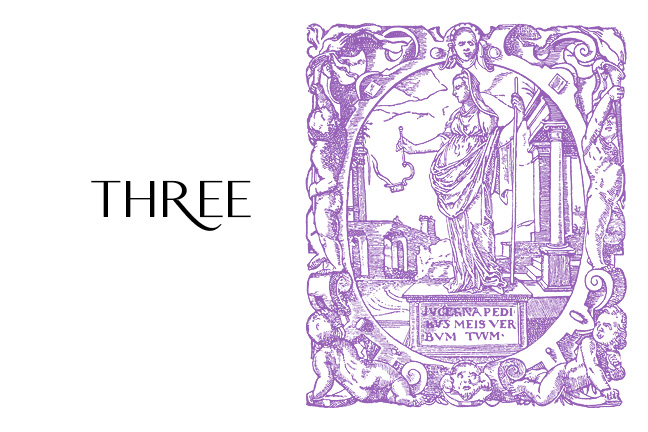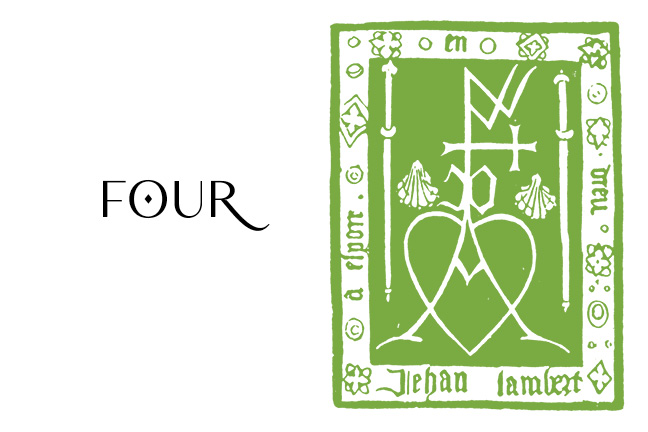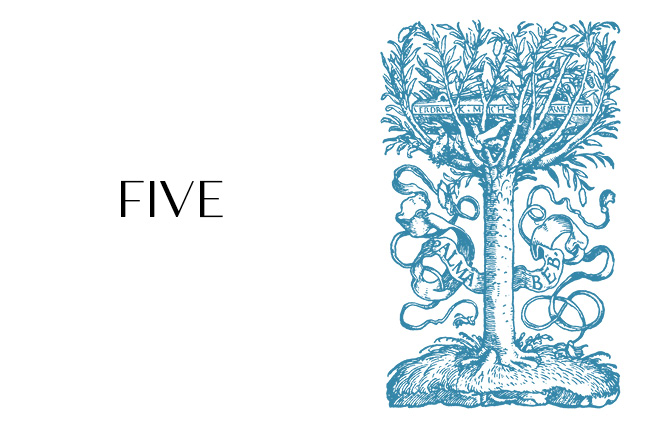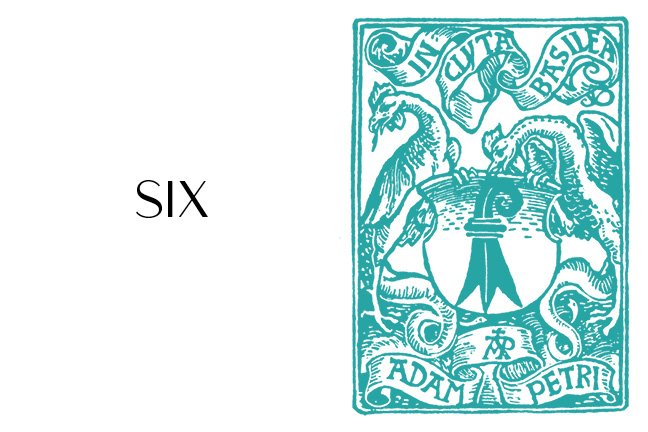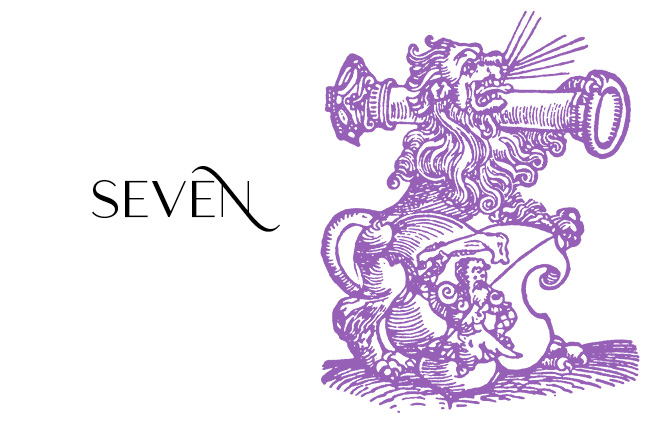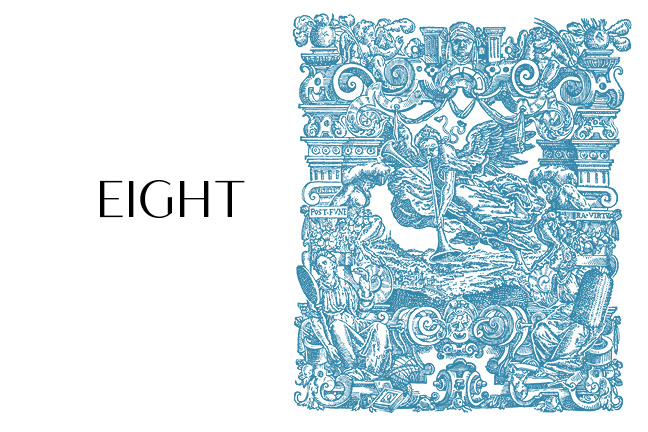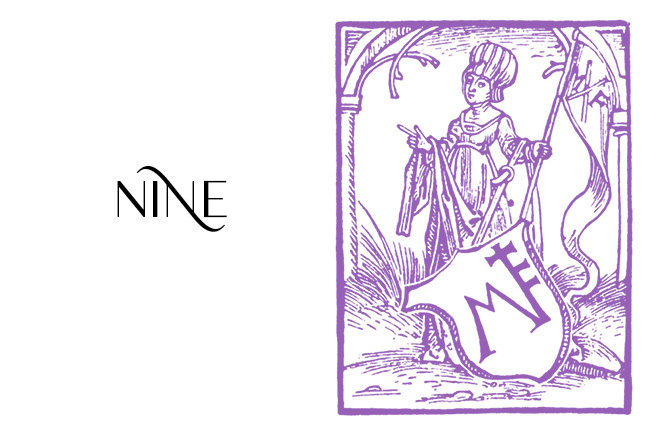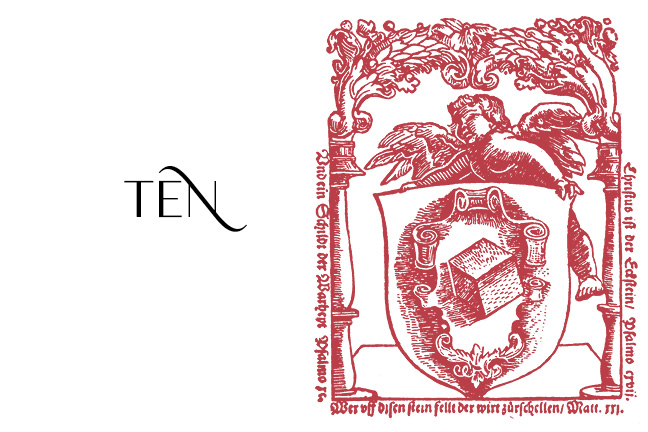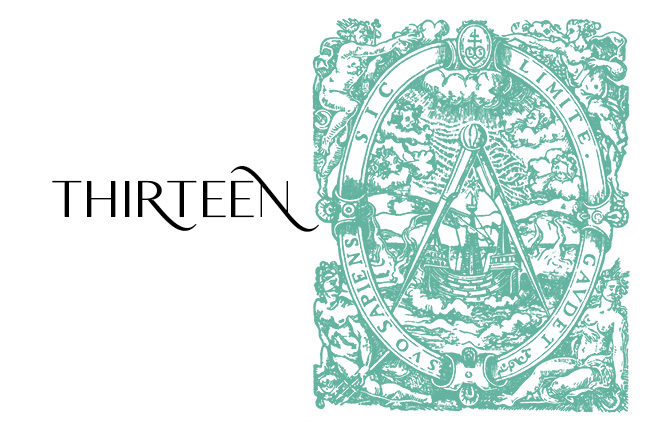Printer’s Marks Part 5
A GRANITE BAY ![]() DESIGN MICROSITE
DESIGN MICROSITE
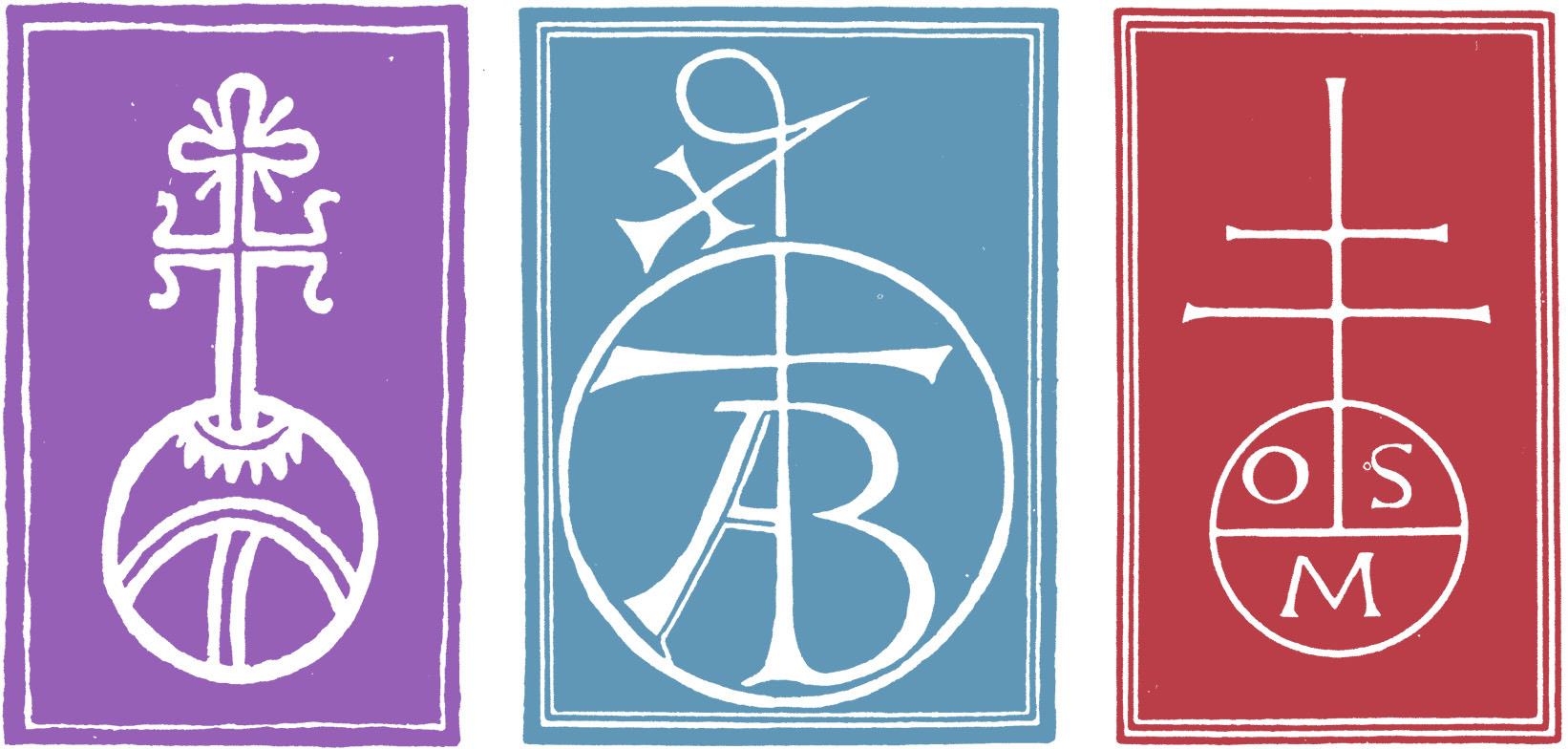
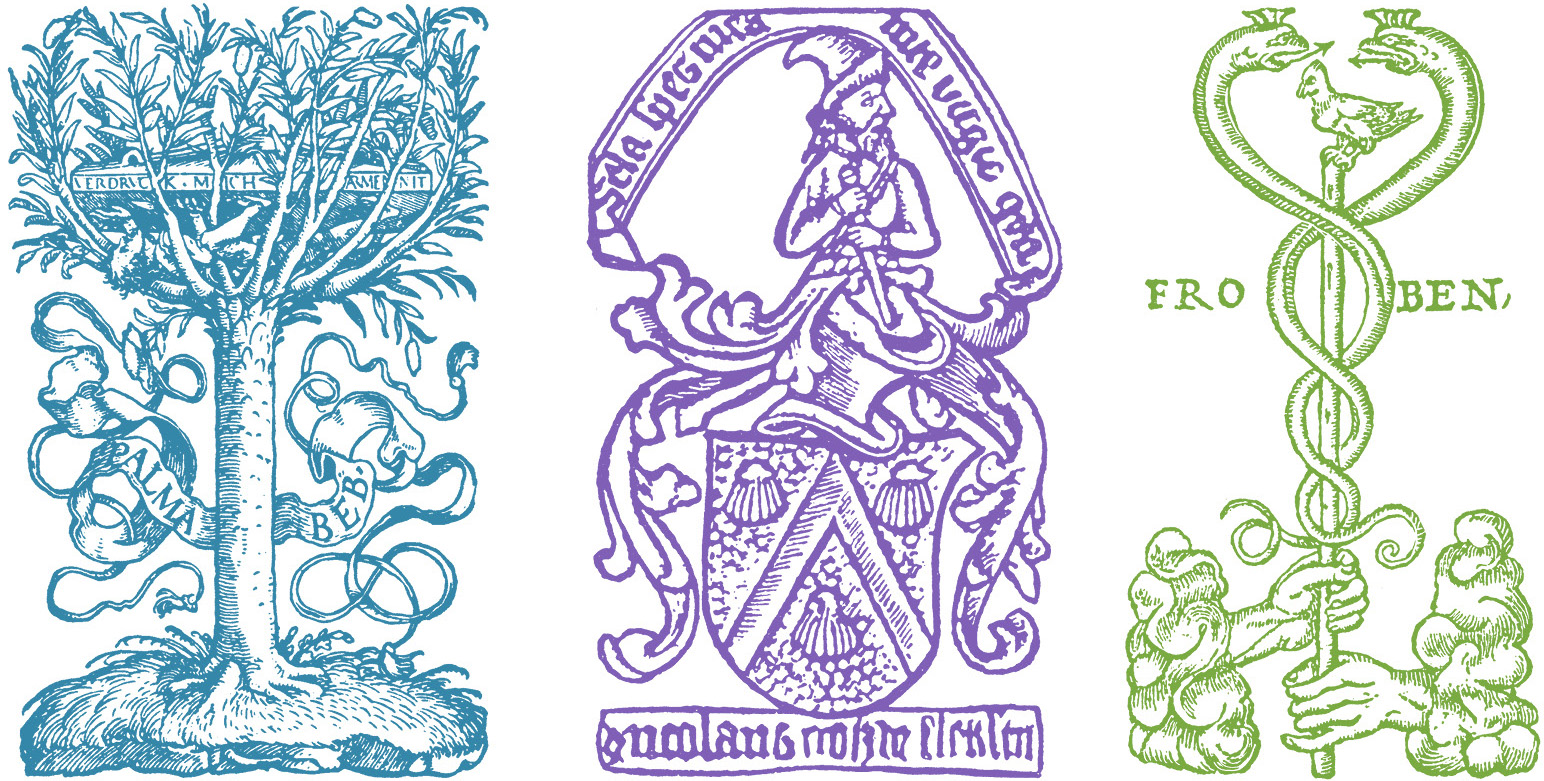
Printer’s Marks Part 5
Johann Bebel (Basel 1526)
Nicolaus Goetz von Schlettstadt (Köln 1472)
Johann Froben (Basel 1515)
The History of Printing
“Movable type was invented in the Northern Song dynasty around the year 1041 by the commoner Bi Sheng. Bi Sheng’s movable type was fired in porcelain. After his death, the ceramic movable-type passed onto his descendants. The next mention of movable type occurred in 1193 when a Southern Song chief counselor, Zhou Bida (周必⼤), attributed the movabletype method of printing to Shen Kuo. However Shen Kuo did not invent the movable type but credited it to Bi Sheng in his Dream Pool Essays. The ceramic movable type was also mentioned by Kublai Khan’s councilor Yao Shu, who convinced his pupil Yang Gu to print language primers using this method. The ceramic type did not hold the water-based Chinese calligraphic ink well, and had the additional disadvantage of the size of the type sometimes changing during the baking process, resulting in uneven matching of the type, and preventing it from becoming popular. Wooden movable type Bi Sheng also developed wooden movable type, but it was abandoned in favor of ceramic types due to the presence of wood grains and the unevenness of the wooden type after being soaked in ink.However wooden movable type had evidently reached the Tangut Western Xia to the west by the 12th century. There, the Tanguts printed the Auspicious Tantra of All-Reaching Union, a 449-page text considered to be the earliest extant example of a text printed using the wooden movable type. The Uyghurs too seem to have used wooden movable type although it is unknown where they got the technology. In 1908, more than a thousand pieces of Uyghur type made of wood, engraved in Sogdian script, were discovered in Dunhuang. They are believed to date to the 12th century when the Uyghurs also made use of woodblock printing. To date no manuscripts or fragments of Uyghur movable type have been found.”
from The History of Printing on Wikipedia
The printer’s marks were scanned from the copyright free book “Symbols, Signs & Signets” by Ernst Lehner.


